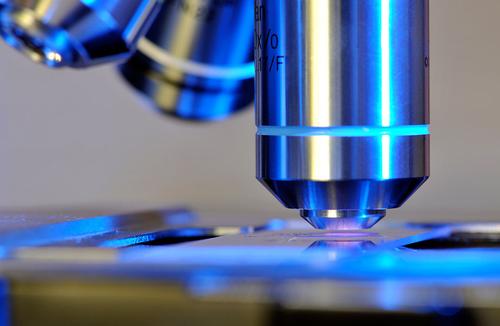The Internet of Things can change the face of life-science research by making lab data accessible and machinery automated and intelligent, preventing human error and speeding new cures.
January 9, 2016
I am neither a researcher nor a scholar in life sciences. But I could not have agreed more with an article I read recently about how automation and robotics in life science laboratories will aid scientists and researchers in their work.
With the evolution of novel strains of phages and microbial parasites, life science research has to become more agile, quick, and precise. At present, a considerable portion of routine laboratory tasks run automatically: filling multiwell plates, dispensing cell-culture media, rinsing and drying Petri dishes, and micropipetting reagents before running sequencing. But beyond life science lab automation is connected laboratories.

The Internet of Things can change the face of life science research, and here’s how.
Automatic Digital Documentation and Analysis
One of the oldest problems of biotechnology and life science research is reproducibility. One busy researcher sitting at an overflowing workbench and entering a wrong data point in his log can lead to unintended results or, worse, absolutely wrong interpretations.
The scenario would be highly different if all instruments were embedded with intelligence. A micropipette would keep a note of the fluid it sucked in, the incubator would keep a record of the temperature at which it was set for a particular experiment, and microwell plates could collect information about the name and quantity of enzymes that were added into them.
All this information would be stored digitally and analyzed to give course-of-action directions to lab devices.
Communication protocols like Bluetooth Low Energy and RF could be used to help in-lab devices discover each other and communicate. Sensors loaded onto devices could collect data and communicate with cloud servers and peer devices through mesh networks.
READ MORE IoT ARTICLES ON DESIGN NEWS:
The use of specific protocols and technologies would, however, depend on the extent to which automation is required. For example, just a two-way communication with cloud servers does not require a complex mesh framework but rather a simple gateway.
Utilization of Digitally Logged Data
Information streams like the ones described above could be made available to researchers on demand after they are authenticated into the network. They could make use of this data to reproduce results or take the research to the next level. The best part is that the information could be made available to any researcher in the world upon being granted permission to use this data.
Another prominent benefit is security. Data that is documented on paper might get lost, burnt, stolen, soiled, or washed off. Nothing like that can happen to information that is stored in cloud servers, given that security implementers make sure that all data entering the network through all entry points are encrypted. Multiple security layers and access-right authentication systems make all the data practically inaccessible to unwanted sources.
Laboratories could maintain high levels of data security while still providing for data availability in the most accurate and untampered form to their researchers at all points in time.
You May Also Like



